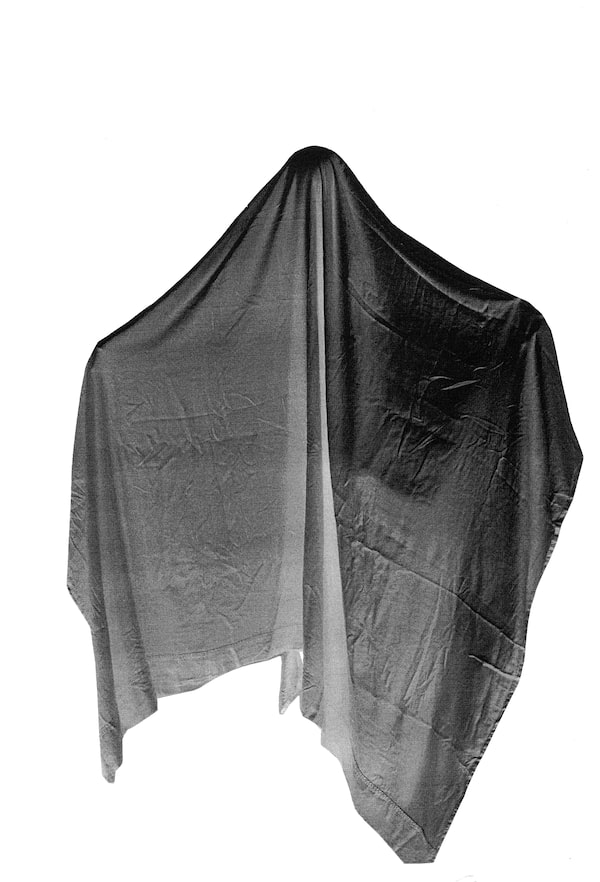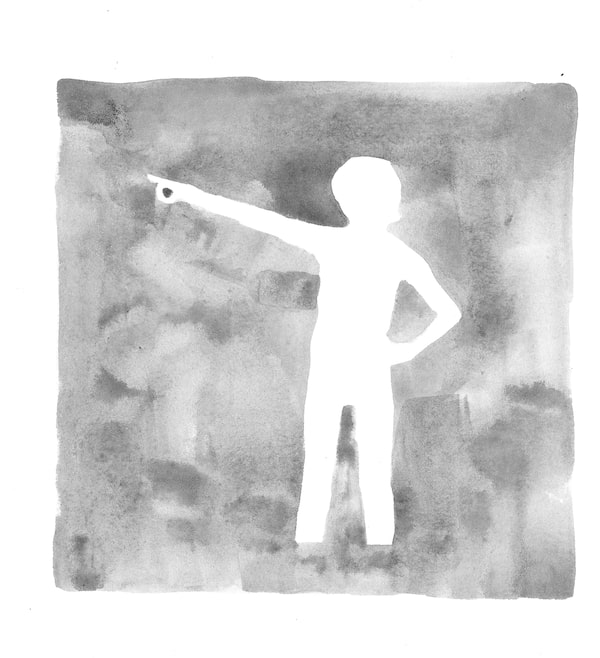
Handout
- Title: Guestbook
- Author: Leanne Shapton
- Genre: Fiction
- Publisher: Riverhead Books
- Pages: 320
Leanne Shapton has distinguished herself as a writer (she’s also an artist) with an inspiring disdain for genre. Her first novel, Important Artifacts and Personal Property From the Collection of Lenore Doolan and Harold Morris, Including Books, Street Fashion and Jewelry (2009), told the story of a relationship via photos of personal effects in an auction catalogue. Her memoirs, Swimming Studies (2012), which focused on her early years in Mississauga training to be an Olympic-level swimmer, combined thoughtful prose with Shapton’s moody watercolours and photos of vintage swimsuits to sublime effect. Native Trees of Canada (2010) also used watercolour, but as a means of reinterpreting the stalwart reference text of the same name. Shapton was also co-author/editor, along with Sheila Heti and Heidi Julavits, of the bestselling Women in Clothes.

It comes as little shock that none of the thirty-plus entries in Guestbook, which proclaim themselves, through a subtle debossing on the book’s cover, to be 'ghost stories,' is a ghost story in the typical sense.Leanne Shapton/Penguin Random House
So it comes as little shock that none of the thirty-plus entries in Guestbook, which proclaim themselves, through a subtle debossing on the book’s cover, to be “ghost stories,” is a ghost story in the typical sense, although many do reference ghosts or the uncanny. “At the Foot of the Bed” offers a series of grainy photos of beds, some reproduced from old catalogues, in which people were said to have experienced a mysterious presence. In “Billy Byron,” a tennis star loses his edge after “Walter,” his invisible coach/friend, is expunged from his life by an experimental psychologist, while in “Alcatraz,” an inmate’s malign spirit attaches itself to a woman after she spends the day there.
Others present like riddles, juxtaposing words and images that challenge us to discover a through-line. An example is “Eidolon” (another word for spectre), which combines excerpts from the screenplay of Visconti’s 1970 adaptation of Death in Venice with the words of a woman in contemporary New York reflecting wistfully on her past, setting both beneath monochrome paintings of a lone, genderless figure.

There are shades of W.G. Sebald and Edward Gorey in Guestbook’s randomness, sly humour, and reliance on crepuscular, black-and-white photos and artwork.Penguin Random House
There are shades of W.G. Sebald and Edward Gorey in Guestbook’s randomness, sly humour, and reliance on crepuscular, black-and-white photos and artwork. As with the latter, Shapton revels in a kind of gothic inexplicability and ominousness. Her unanchored, fragmented texts, and the images that accompany them, tend to focus on banal lives in media res. There’s a gently voyeuristic element here, too: The rough amateurishness of its imagery can make Guestbook feel like a riffle through someone’s sock drawer (a lack of prurience stops me saying underwear).
Mortality being a constant presence, the general mood is melancholic. The feeling you get reading these pieces is like the feeling you get when you look at a 100-year-old photo – some of which these are – and know, without having to ask, that every single smiling face in it is dead. Shapton knows how to imbue the impersonal with pathos, be it an empty room, a piece of wrapping paper, a bathroom mirror. She evokes a different kind of sadness, on the other hand, with her deadpan social-media captioning of photos of women from mid-last-century with “102 likes,” “222 likes.”

Only a spirit – or Santa Claus – could be so effortlessly ubiquitous, so the only logical conclusion is that he is one.Leanne Shapton/Penguin Random House
And yet, Guestbook isn’t a downer. “A Geist” uses humour, and a rare bit of colour, in its Vanity Fair-style snapshots of a single figure, one Edward Mintz, as he hobnobs at dozens of events in his shiny blue suit – after-parties, book launches, film premieres, dinners, auctions – the catch being that all took place on the same night. Only a spirit – or Santa Claus – could be so effortlessly ubiquitous, so the only logical conclusion is that he is one. He certainly looks pleased about it.
The greatest risk in Shapton’s approach to book-making is tweeness, but she eludes it once again; there’s a genuine emotional and intellectual investment in the work that can be deeply moving. Indeed, the manner in which these pieces coalesce and linger in the mind feels almost three-dimensional, closer to art than to literature. It’s easy to imagine taking them in on a gallery wall.
The title, like everything else in this mesmerizing book, is ambiguous (the ghostly cover image, which looks rather like a llama with a sheet draped over it, turns out to be a sketch of the iceberg that sunk the Titanic). I elected to take it in the broadest sense possible, as the marks that we, as guests to this life, inevitably end up leaving behind, however trivial. Any of the book’s awkwardly composed family snapshots could be one of our own – their very specificity is what makes them poignantly universal. If you accept that, then you might be open to the idea that ghosts aren’t just the mysterious presences encountered by Shapton’s characters: They’re us, too.

The title, like everything else in this mesmerizing book, is ambiguous.Leanne Shapton/Penguin Random House
Emily Donaldson is the editor of Canadian Notes & Queries.
Expand your mind and build your reading list with the Books newsletter. Sign up today.